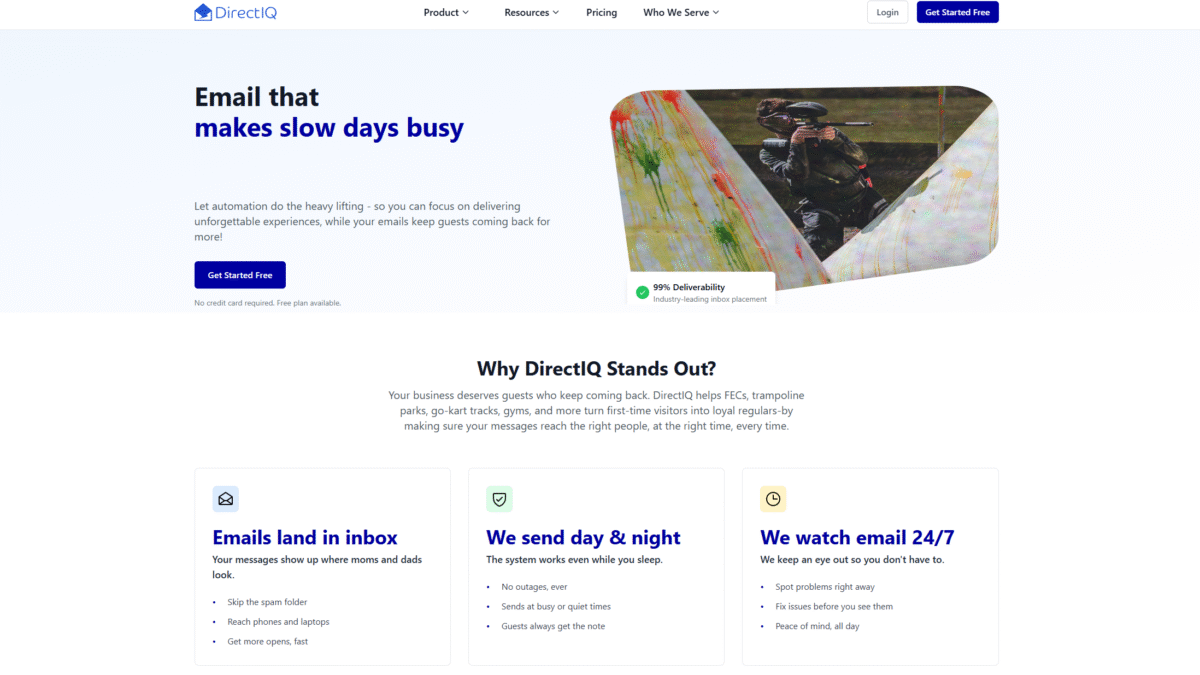
Boost Email Performance with Random Split Testing
Understand Random Split Testing
Random split testing—often called A/B testing—is a powerful way to compare two or more email variations by assigning recipients to groups in a random fashion. Instead of guessing which subject line, design, or call-to-action works best, you let data decide. By leveraging true randomness, you eliminate bias and reveal what resonates most with your audience.
Why Embrace Randomization in Your Email Campaigns
When you send to segmented lists that aren’t selected randomly, you risk skewed results. Perhaps a high-engagement segment receives one version and drives inflated opens and clicks, while a lower-engagement group drags down your metrics. True random distribution ensures each variation gets an honest shot at performing well, so you draw reliable conclusions.
- Unbiased Insights: Every contact has an equal chance to see each version.
- Accurate Comparison: Remove external factors that could influence performance.
- Data-Driven Optimization: Focus on the elements that truly move the needle.
Implementing Random Split Testing with DirectIQ
DirectIQ makes it straightforward to launch a random split test. With its intuitive campaign builder, you can set up multiple email variants, choose the percentage of your list to include, and let the platform randomly distribute your messages. Here’s how it works:
- Create your base campaign and duplicate it for each version.
- Modify subject lines, content blocks, or CTAs in each variant.
- Select “Random Split Test” and allocate list percentages.
- Send to a test sample to identify the top performer.
- Automatically roll out the winning version to the remainder of your audience.
With DirectIQ, you get 99.9% deliverability and real-time analytics, so you can trust your split tests and scale what works.
Key Benefits of Random Split Testing
- Improved Engagement: Identify the subject lines and messages that resonate most.
- Higher Conversions: Optimize CTAs and content flow for maximum impact.
- Reduced Risk: Test on a small sample before full-scale deployment.
- Continuous Learning: Use insights from each test to inform future campaigns.
Tips for Effective Random Tests
To get the most from your random split tests, follow these best practices:
- Test one variable at a time (subject line, design, CTA) to isolate impact.
- Use a significant sample size—aim for at least a few hundred contacts per group.
- Let tests run long enough to reach statistical significance (usually 24–72 hours).
- Monitor deliverability and engagement metrics in real time with DirectIQ’s dashboards.
Steps to Set Up Your First Random Split Test
Get up and running in minutes with DirectIQ:
- Log in and choose “Create Campaign.”
- Select “A/B Split Campaign” and toggle on random distribution.
- Build two or more email variations.
- Assign each variant a percentage of your total send list.
- Schedule or send immediately. DirectIQ handles the randomization and tracking.
Analyze Results and Optimize Performance
Once your random split test concludes, head to DirectIQ’s real-time analytics to see opens, clicks, conversions, and bounce rates side by side. Use the visual performance dashboards to:
- View open-rate comparisons and statistical significance.
- Identify trends across clicks and call-to-action engagement.
- Export detailed reports to share with your team.
Armed with these insights, you can confidently choose the winning version and iterate on your next campaign.
Conclusion
Ready to unlock the power of random split testing for your email programs? Get Started with DirectIQ for Free Today and watch your open rates, click-throughs, and conversions soar. With advanced deliverability, intuitive split-testing tools, and robust analytics, DirectIQ empowers you to send smarter, test faster, and achieve measurable results.
